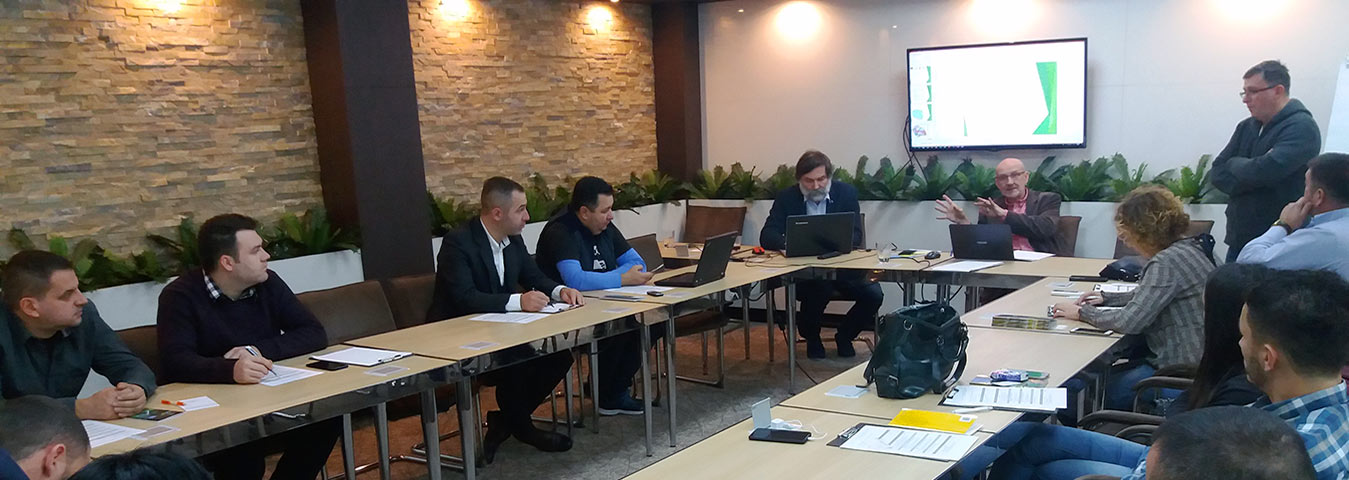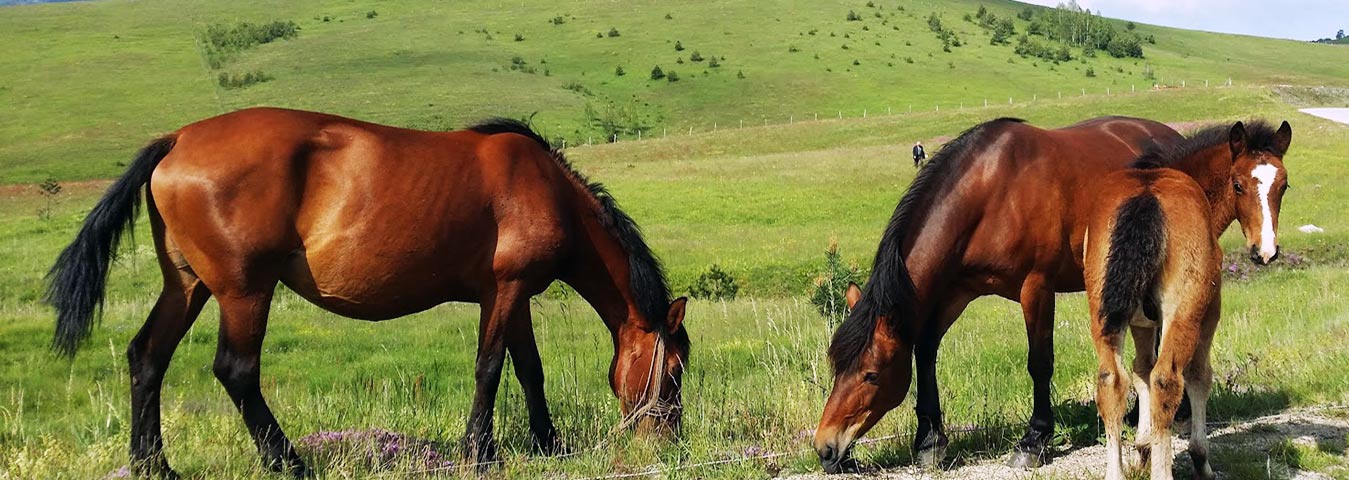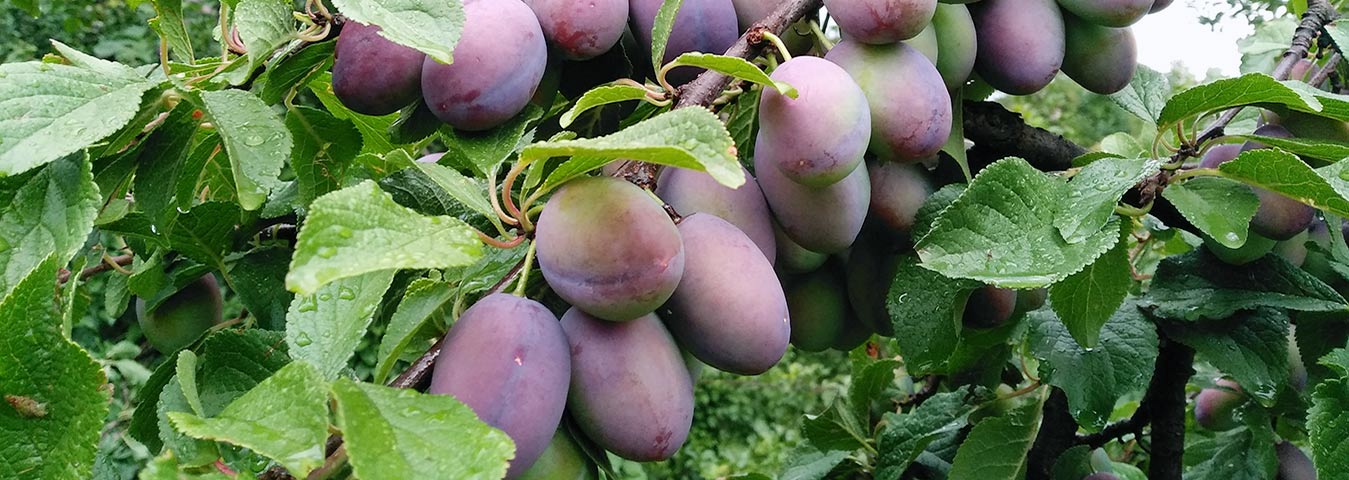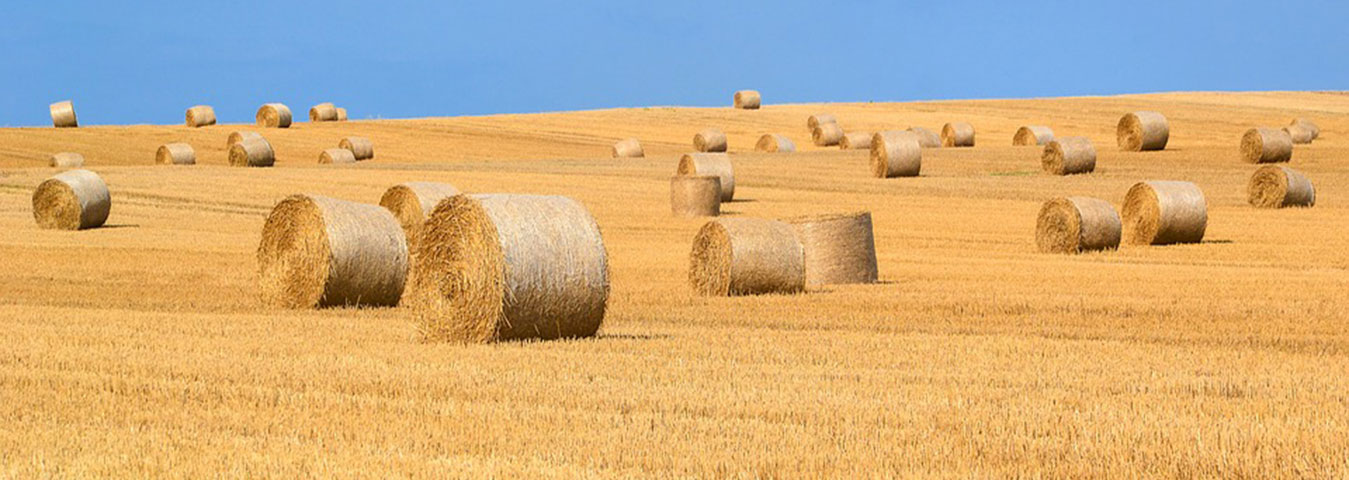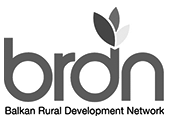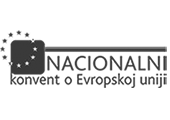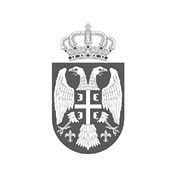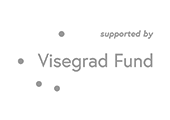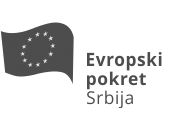Rural Development
The EU’s rural development policy helps the rural areas of the EU to meet the wide range of economic, environmental and social challenges of the 21st century. Frequently called "the second pillar” of the Common Agricultural Policy (CAP), it complements the system of direct payments to farmers and measures to manage agricultural markets (the so-called "first pillar"). Rural Development policy shares a number of objectives with other European Structural and Investment Funds (ESIF).
Member States and regions draw up their rural development programmes based on the needs of their territories and addressing at least four of the following six common EU priorities:
- fostering knowledge transfer and innovation in agriculture, forestry and rural areas
- enhancing the viability and competitiveness of all types of agriculture, and promoting innovative farm technologies and sustainable forest management
- promoting food chain organisation, animal welfare and risk management in agriculture
- restoring, preserving and enhancing ecosystems related to agriculture and forestry
- promoting resource efficiency and supporting the shift toward a low-carbon and climate-resilient economy in the agriculture, food and forestry sectors
- promoting social inclusion, poverty reduction and economic development in rural areas
The rural development priorities are broken down into "focus areas". For example, the priority on resource efficiency includes focus areas "reducing greenhouse gas and ammonia emissions from agriculture" and "fostering carbon conservation and sequestration in agriculture and forestry".
Within their RDPs, Member States or regions set quantified targets against these focus areas. They then set out which measures they will use to achieve these targets and how much funding they will allocate to each measure.
At least 30% of funding for each RDP must be dedicated to measures relevant for the environment and climate change and at least 5% to LEADER.
Also Rural development measures supports diversity of rural economy and life quality in rural areas. Diversity in rural economy includes activities to start and develop rural and eco-tourism and related jobs, revival and commercialization of local crafts and offering of new services based on the existing ones.
Diversification includes redirecting towards non-farming activities, support for creation and development of micro-enterprises, promotion of tourism and conservation, development and management of natural heritage, contributing to sustainable economic development and improving life quality in rural areas. It emphasizes development and revitalization of villages, as well as conservation and best use of rural heritage, including traditional specialties with distinct taste, collection of medical, aromatic and decorative plants, rural tourism, value added to natural advantages and traditional appearance of rural communities, crafts focusing on handmade products, craftsmanship services, acquiring skills and activities for development and implementation of strategies for local development.

